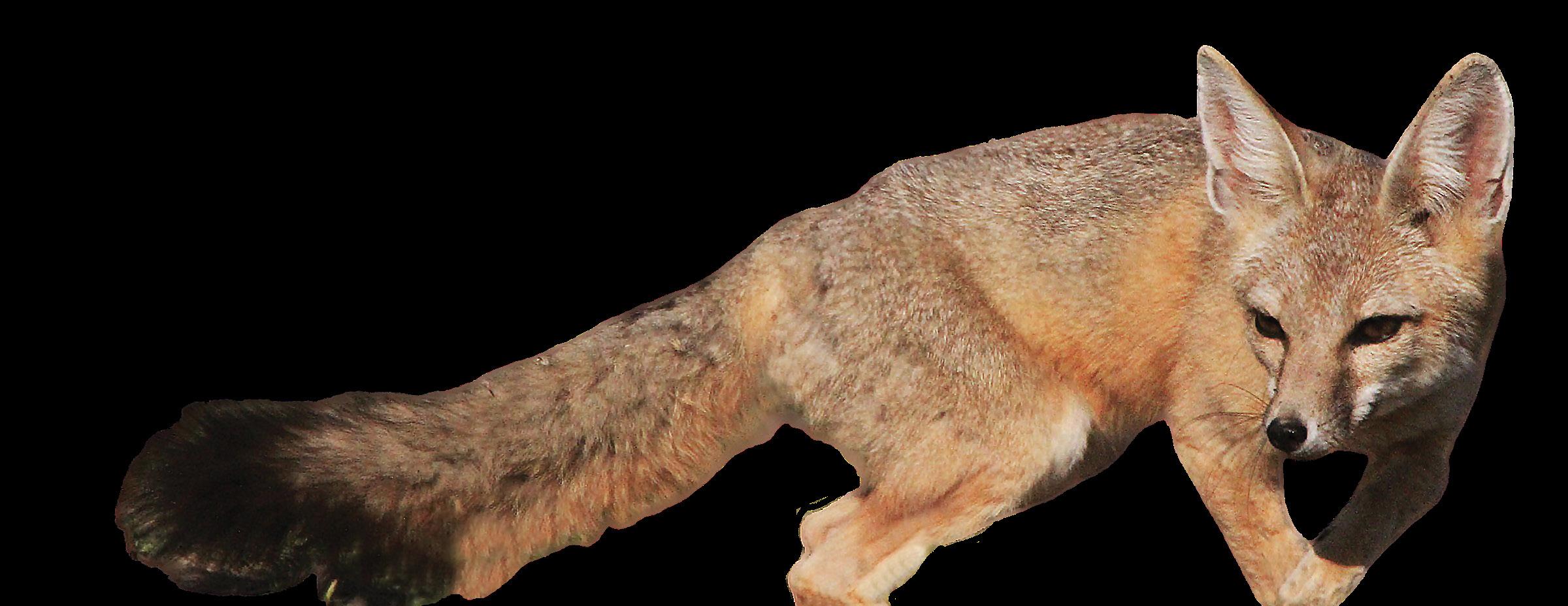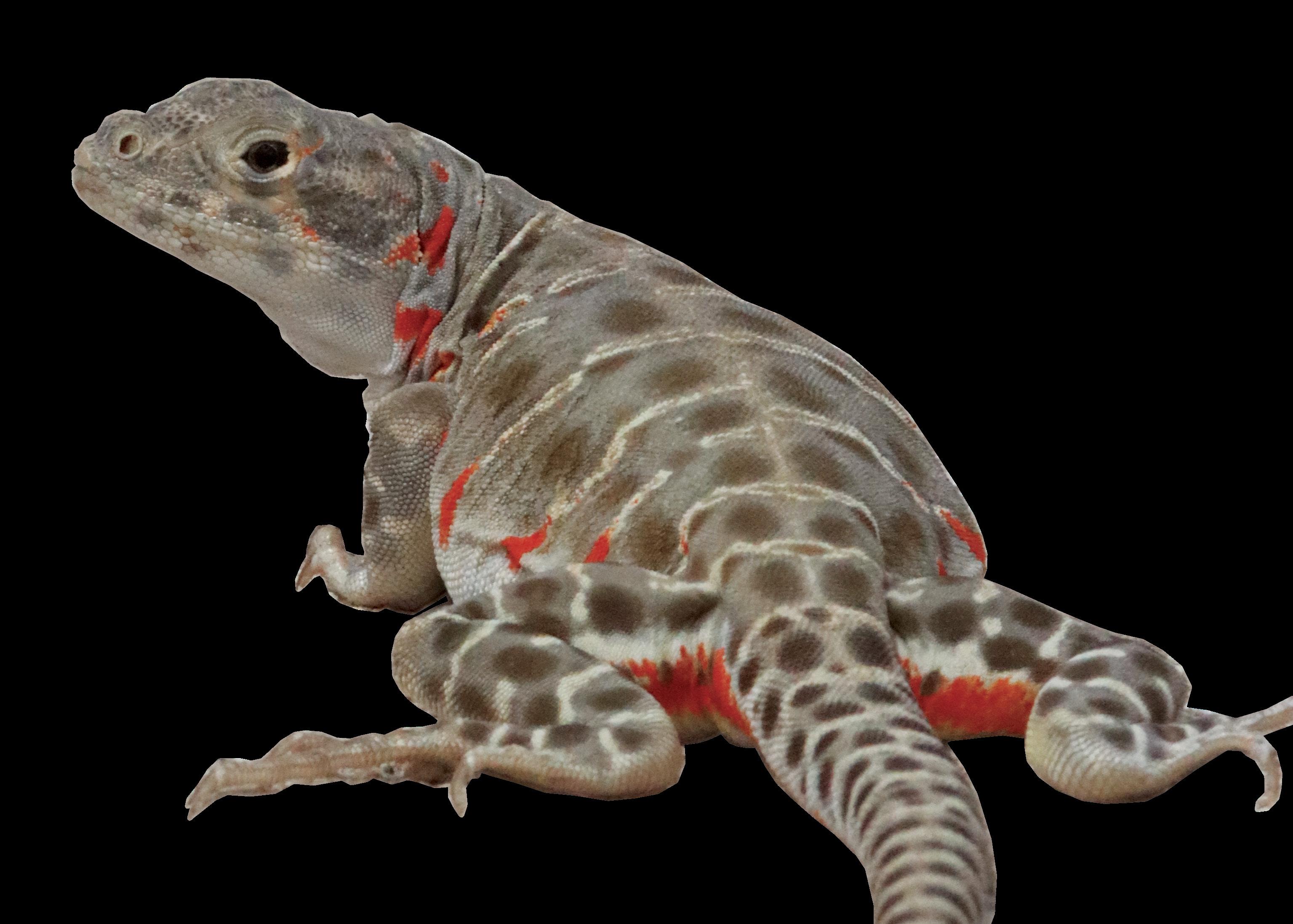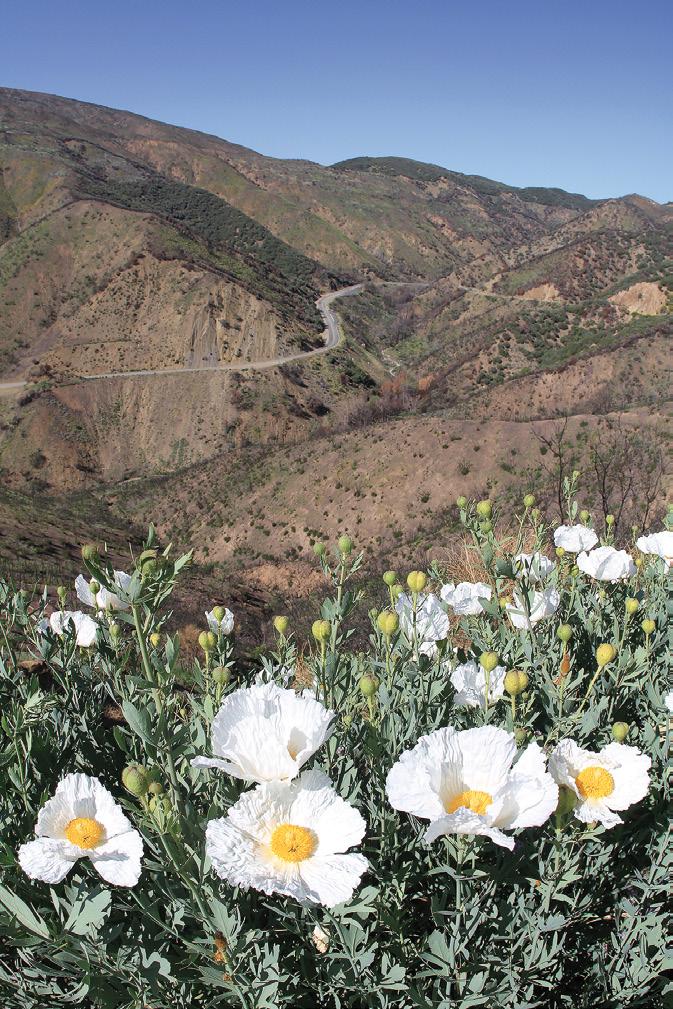
4 minute read
Wild in the Wilderness
By Chuck Grahm
As shadows crept upward toward a sandstone slab, I found a lingering sunny spot to soak in and ward off the impending backcountry chill deep out in the Los Padres National Forest.

The Sespe Wilderness
As I stretched out on the gritty stage, a cloud passed overhead, or so I thought, momentarily blocking out my sliver of warmth. A minute later it happened again, but instead of a pu y cumulonimbus shrouding the sun, it was the endangered California Condor soaring above in the late afternoon thermals. There was no denying its nearly 10-foot-wide wingspan, the largest of the land birds of North America.
With this remnant of the Pleistocene era staring down on me, I sat up. Was it foraging? Condors are curious by nature and they need meat. They also need a thriving ecosystem, the Los Padres National Forest offering one of the last bastions for this New World scavenger, but it’s not enough habitat for this avian species and a throng of other flora and fauna in one of the most biodiverse realms in California and in the entire U.S.
Now that there’s been a political shift at the highest levels in Washington DC, there is no better time than the present to protect wild lands here at home in Central and Southern California.

A San Joaquin Kit Fox
Right: The California Condor Below: A herd of Tule Elk

California condor

Herd of Tule Elk

Carrizo Plain
The Central Coast Heritage Protection Act (CCHPA) has already passed through the House of Representatives three times, most recently on February 26, 2021. Rep. Salud Carbajal (D-CA) originally spearheaded the bill over 20 months ago. Now it is left in the hands of the Senate to make a decision. Nothing is etched in stone until the Senate passes the bill and it is written into law. However, with Democrats holding a slight edge in the Senate, 2021 could bring added protections to 245,000 acres of some of the most unique biomes anywhere. The Los Padres, California’s second largest forest, possesses 468 species of wildlife, including the condor, but also desert bighorn sheep, the arroyo toad and red-legged frog, southern steelhead trout, and the western pond turtle. Habitat is necessary for these species to survive, and the CCHPA will protect against road construction, logging, mining and oil drilling in these wild places.
That includes protecting more than one-third of the Pine Mountain Ridge from logging activities, which is still under threat because the Trump Administration had already struck a deal before the transition at the White House. Whether or not Biden can nix that agreement remains to be seen. If and when the CCHPA is written into law, would that logging agreement still receive the green light to move forward?
Also, within the Los Padres National Forest are two Wild and Scenic Rivers, the Sespe and the Sisquoc, freeflowing runnels. “Wild and Scenic River” designations are the nation’s strongest water protections for rivers and streams. However, there are many tributaries that feed those rivers that do not have protections such as Manzana and Fish Creeks.
“The CCHPA would ensure that about 159 miles of rivers and creeks in the Los Padres National Forest remain free-flowing,” said Rebecca August, Director of Advocacy for Los Padres ForestWatch, “some of which are the last non-channelized and undammed rivers in Southern California.”
Left: Carrizo Plain Below: Sespe Creek

Sespe Creek
Recreation experiences would be enhanced with communities such as Fillmore and Santa Maria seeing new entry points to world class hiking, mountain biking and camping. The bill would also designate the Condor National Recreation Trail, a 400-mile through-hike stretching from northern Los Angeles County to the Big Sur Coast. Beyond the Los Padres National Forest lies the sweeping Carrizo Plain National Monument. It too would receive additional, much needed protections, its native grasslands being the largest and least disturbed habitat in the Golden State.
The Carrizo Plain National Monument recently turned 20, and the grasslands possess more endangered species than anywhere else in California. Some of those include the giant kangaroo rat, San Joaquin kit fox, blunt-nosed leopard lizard, antelope ground squirrel and California jewel flower. Soda Lake, in the northern region of the monument, lies within the Pacific Flyway and is the largest remaining natural alkali wetland in Central and Southern California. During wet winters it fills up and attracts multitudes of migratory birds like American avocets, western sandpipers, long-billed curlews and lesser yellowlegs. Threats like oil drilling and mining surround the Carrizo Plain now, but new projects would run into roadblocks once the CCHPA was in place. “All of these activities—logging, oil drilling, and even mining—are allowed adjacent to designated wilderness areas,” said August, “but those protections should be considered in projects in close enough proximity to cause impacts.” Like ancient ruins and great artworks, these wild lands are irreplaceable demonstrations of cosmic creative genius and Earth’s long history of beauty. And one wouldn’t dream of tearing down the Egyptian pyramids for building material or “The Starry Night” for spare canvas.



Above: Matilija Poppies bloom in the Sespe and Owls clover in Carrizo Plain.
The San Rafael Wilderness


The Blunt Nosed Leopard Lizard

The San Rafeal Wilderness












